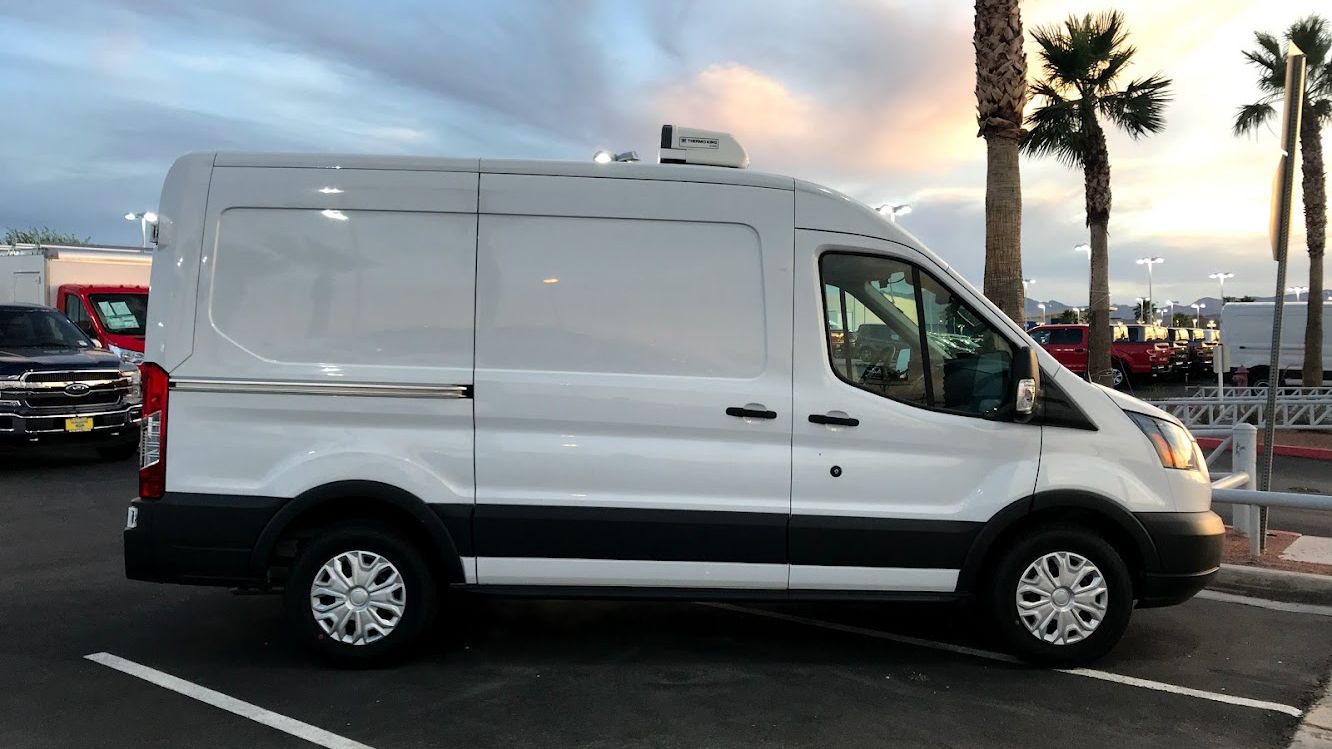As the United States inches closer to potential federal cannabis legalization—spurred by proposed legislation like the Cannabis Administration and Opportunity Act (CAOA) and the Ending Federal Marijuana Prohibition Act—the cannabis shipping industry stands on the brink of seismic change.
Lifting the Interstate Prohibition
Currently, cannabis cannot be shipped across state lines under federal prohibition. That infrastructure barrier forces distribution into inefficient, regionally siloed systems. Federal descheduling would dismantle these silos, enabling seamless transportation—from California’s large-scale cultivators to dispensaries in under‑served markets.
According to economist Robin Goldstein at UC Davis, a national market would reward “cheap weed”—favoring high-efficiency producers in places like Oklahoma over local craft growers. This means logistics networks that can handle high volume, low-cost freight will dominate.
Scale, Efficiency, and Shock to the System
Katie distru’s 2025 report on cannabis distribution identifies a shift toward “relay-race” models with more centralized, vertically integrated players. With federal reform, major carriers—3PLs and 4PLs—must prepare to compete, as distribution evolves from intrastate shuttles to cross-country freight.
However, regulatory harmonization is essential. Presently, 3PLs face a patchwork of regulations on packaging, security, chain-of-custody, and even driver cannabis‑impairment policies. A federal framework would streamline shipping protocols—but also raise the bar for compliance, requiring real‑time tracking, secure storage, and new safety standards.
Tech-Driven Last‑Mile Excellence
Data shows that over 75% of cannabis sales in some states now occur via delivery apps. The regional success of delivery platforms sets the stage for nationwide last-mile integration. Expect major investments in:
- AI and geofencing to manage routes and timing
- Blockchain and IoT for traceability and compliance—already piloted in the hemp sector
- Discrete, temperature-controlled systems, given cannabis’s sensitivity to handling and climate
Tax Reform, Banking, and Efficiency Gains
Federal legalization won’t just affect movement—it will alter cost structures. Reclassification from Schedule I to III, or full descheduling, under bills like CAOA could lift Section 280E tax burdens, enabling mainstream banking and savings for logistics players. This opens capital flows into fleets, tracking systems, and nationwide warehousing operations.
Consolidation & Competitive Pressure
The global legal cannabis market was valued at US $33.8 billion in 2024 and is expected to surge to over $110 billion by 2030. In such a high-growth environment, logistics firms that can scale will consolidate supply lines. The winners? Those achieving operational efficiency at scale, as Goldstein warns: “The winners will be the cheapest and most efficient.”
Smaller regional players will face consolidation—or find niches in ultra-localized, specialty delivery, or hyper-compliant service models.
Final Insight
The cannabis shipping industry stands poised for transformation. Federal legalization would erase interstate barriers, usher in national-scale logistics, and centralize shipping operations. In that context, tech-forward carriers and vertically integrated providers—capable of scale, compliance, and transparency—will dominate. Infrastructure upgrades, tighter regulations, and tax reform will accelerate network build-outs. Small players may survive only through specialization or by integrating into larger ecosystems. The story unfolding isn’t just about legal reform—it’s about the emergence of a true national supply chain, complete with freight lanes, digital tracking, and a level of professionalism previously unseen in the cannabis world.


